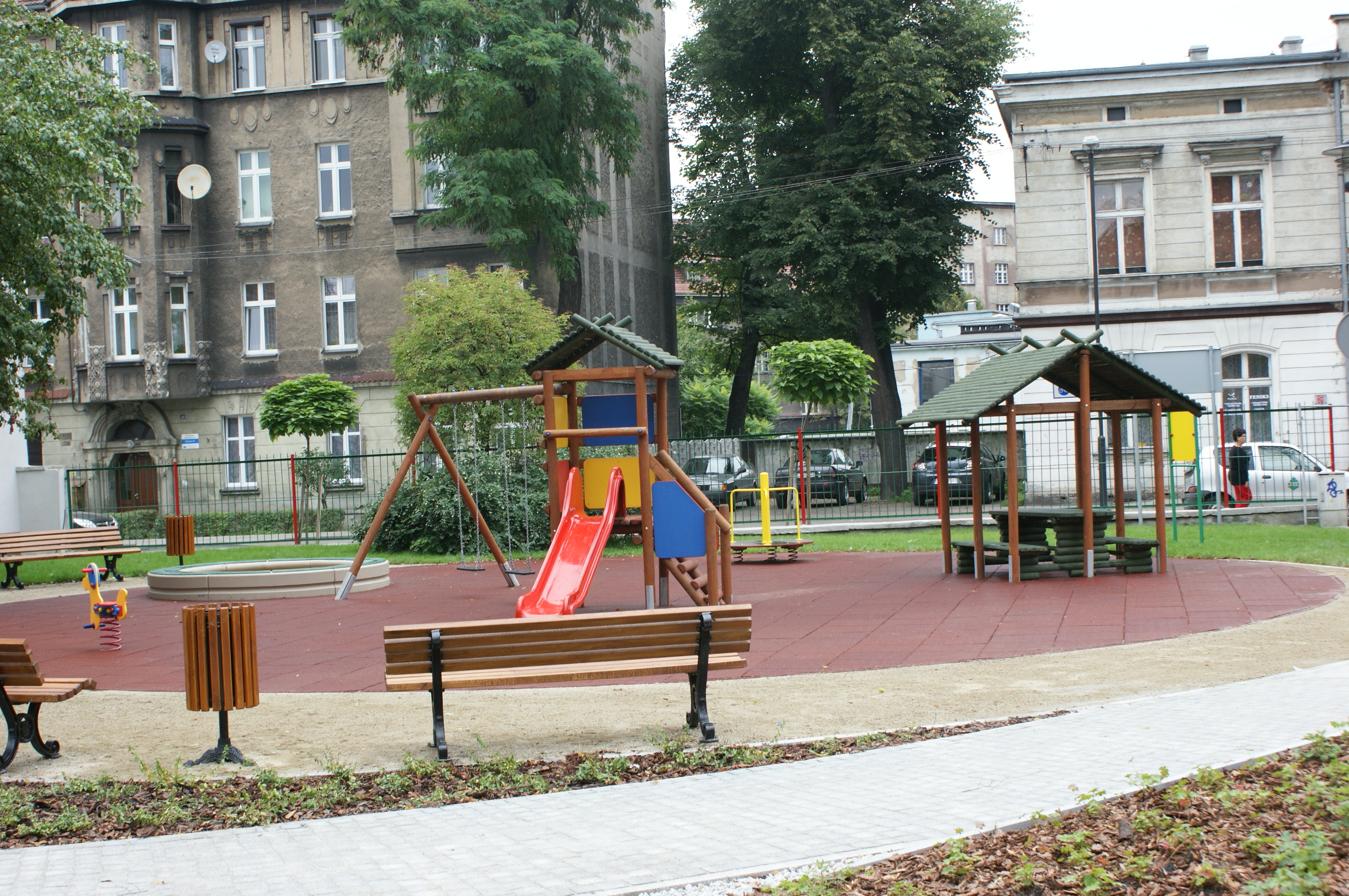About Gliwice
Gliwice is one of the oldest and most beautiful cities in Upper Silesia. Its rich history, interesting architecture and diverse cultural, fitness and leisure offer make it not only a great place to live, but also a popular tourist destination.
It is one of the best-connected cities in Poland; the A1 and A4 motorways intersect in its area, and many cities in the Upper Silesian conurbation can be reached from Gliwice thanks to the Drogowa Trasa Średnicowa (DTŚ). The city can also boast the largest inland port in the country, as well as a modernised airport, which is a showcase for the development of air transport in the city. Gliwice is also an important academic, scientific and industrial centre - its skilled workforce boosts the city's position in rankings of innovation and dynamic development.
A few words about its history
The city was founded under the Magdeburg law before 1276. At the end of the Middle Ages, around 900 inhabitants lived here on less than a few hectares. Most of them came from Lower Silesia and Western Europe. Over the centuries, the city changed hands, being ruled by Poles, Czechs and Germans. After the Second World War, the city, together with the whole of Upper Silesia, was incorporated into Poland. At that time, thousands of compatriots from other parts of the country and the former borderlands of the Republic settled here.
Despite the vicissitudes of its fate, Gliwice still retains a clear architectural and spatial layout from the time of its foundation. Its central point is the market square with the town hall. It is from here that the old town streets run, forming a chequered network of townhouses. In the past, the boundary of this development was the stone defence walls with towers, a moat and two gates - the White Gate (Bytomska) and the Black Gate (Raciborska).
Best place for business
Over the last dozen years or so, Gliwice has become one of the leaders of the Upper Silesian and Zagłębie Metropolis and one of the most modern cities in Upper Silesia. This has been determined by the city's good location, attractive investment areas, rich technical infrastructure and bold transport solutions. Traditional heavy industry and coal mining have given way to enterprises and companies using the latest knowledge and technologies, concentrated among others in New Gliwice.
The economic power of the city is determined by the activities of the Gliwice Subzone of the Katowice Special Economic Zone. For over two decades, the potential of Gliwice has been built up by modern companies and enterprises, open to challenges and innovations. The achievements of the scientists of the Silesian University of Technology and other scientific and research institutions, including the Gliwice branch of the Polish Academy of Sciences, played a huge role in setting the new, technologically advanced direction of the city's development. However, the economic power of the city is determined primarily by the activities of the Gliwice Subzone of the Katowice Special Economic Zone SA.
Leisure time
A special place among the city's landmarks is occupied by the Gliwice Radio Station - measuring over 111 m, it is the tallest all-wood structure in Europe and at the same time the highest wooden broadcasting tower in the world. The historic broadcasting mast was included on the list of Polish Monuments of History. It is also on the Industrial Monuments Route of the Silesian Province.
Another Gliwice attraction is located almost in the very centre of the city - the City Palm House, which houses several thousand tropical plants. In addition to the diverse flora, on an area of approximately 2,000 m2 you can meet exotic species of birds, reptiles and fish. The tallest pavilion of the Palm House measures 22 metres, which allows for the continuous growth of the nationally famous palm trees. The oldest of these have been accompanying Gliwice residents since 1924.
In their free time, Gliwice residents also enjoy various forms of recreation and sport. This is facilitated by the city's large green areas and attractive sports and leisure facilities. Within the city, there is the Arena Gliwice, opened in 2018, one of the largest sports and entertainment halls in Poland. The modern 555,000 m3 facility is able to accommodate more than 17,000 people and regularly hosts top-level sports and music events.
The wide range of leisure activities in Gliwice is complemented by a diverse and attractive cultural offer. Numerous music festivals, outdoor events, exhibitions and theatre performances take place here.
You simply cannot get bored in this city!
























